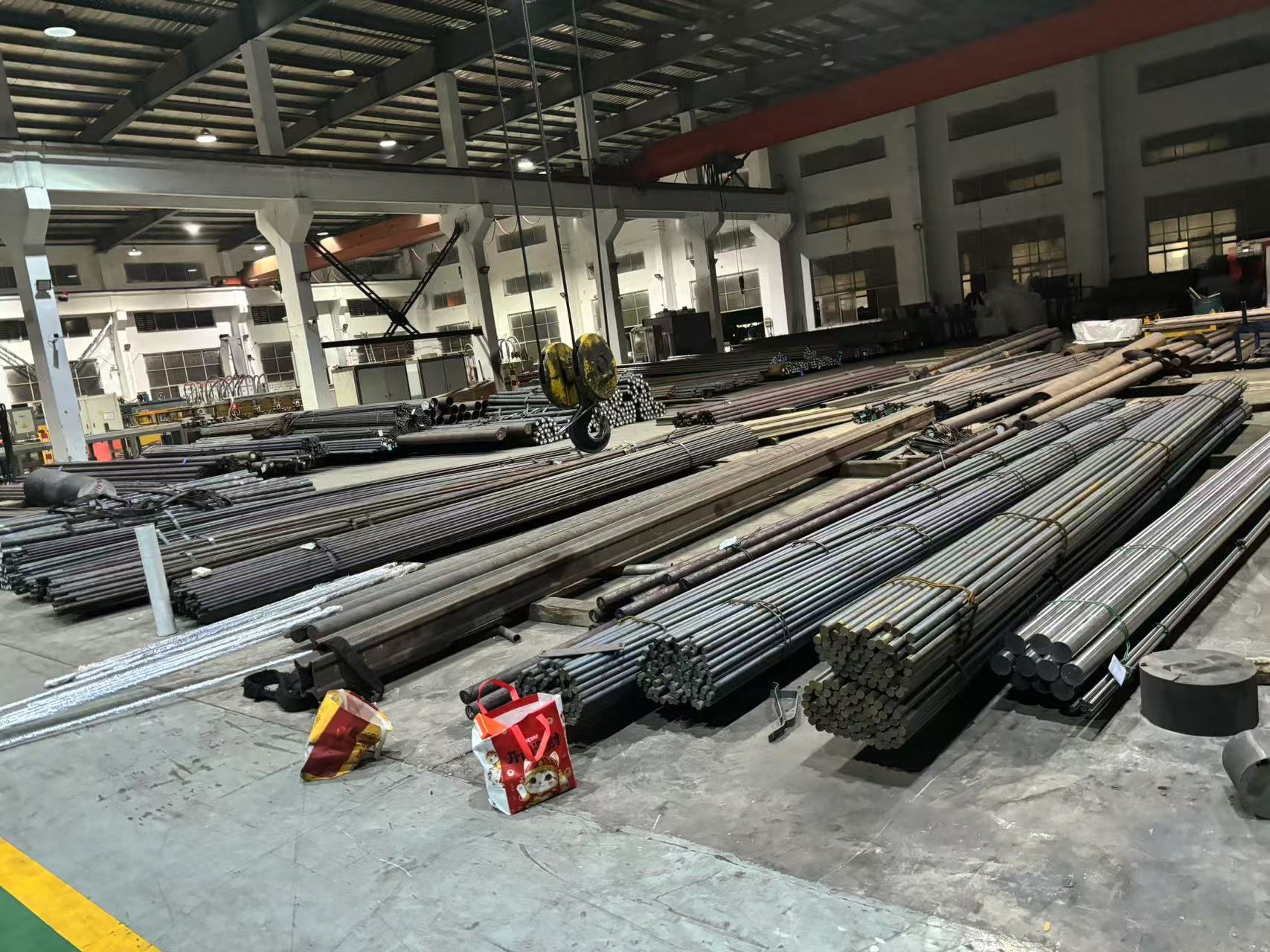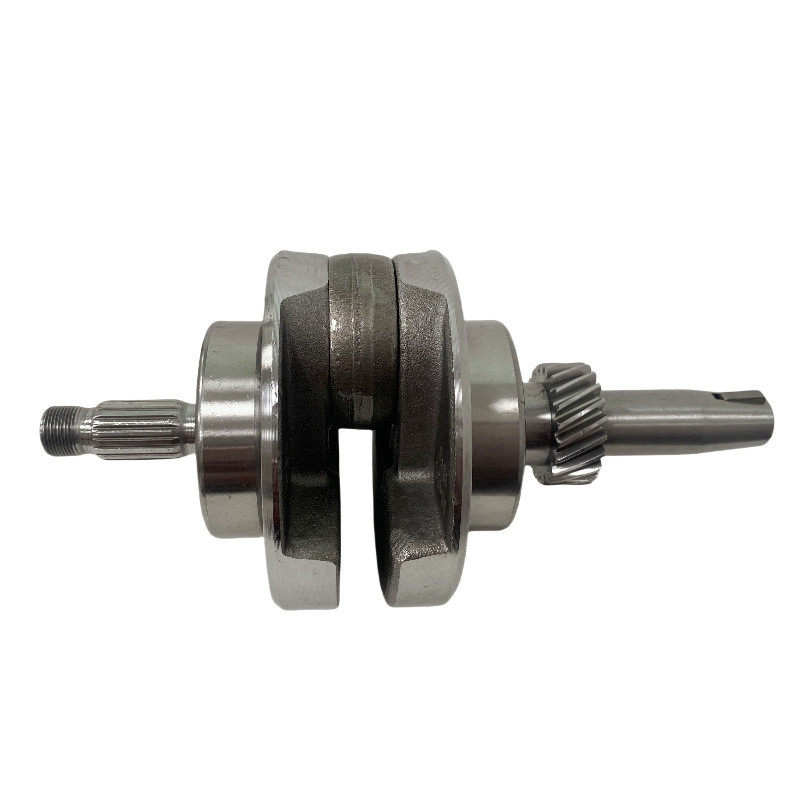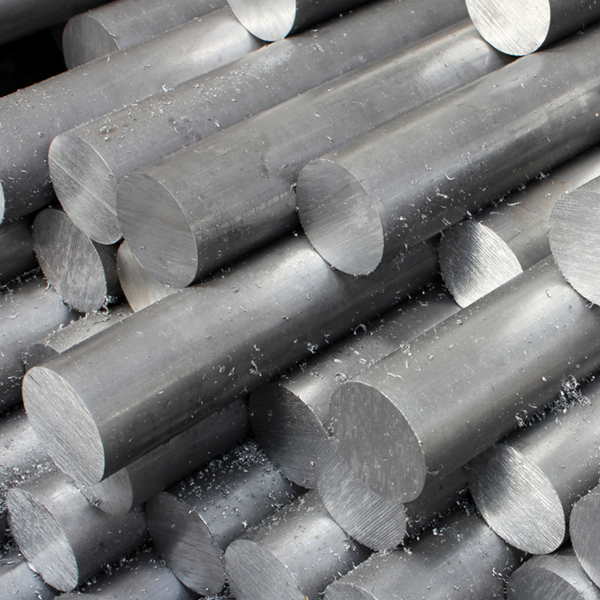作者:admin
SS304 stainless steel perforated plate
Core characteri…
1045/S45C/CK45 Carbon Solid Round bar for Shaft
Round solid lon…
Carbon steel/ Alloy steel/ Stainless steel Forged ring
Materials:carbo…
Heat treatment Equipment
Specification: …


